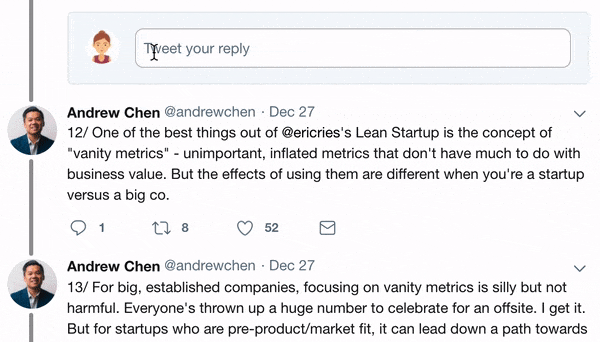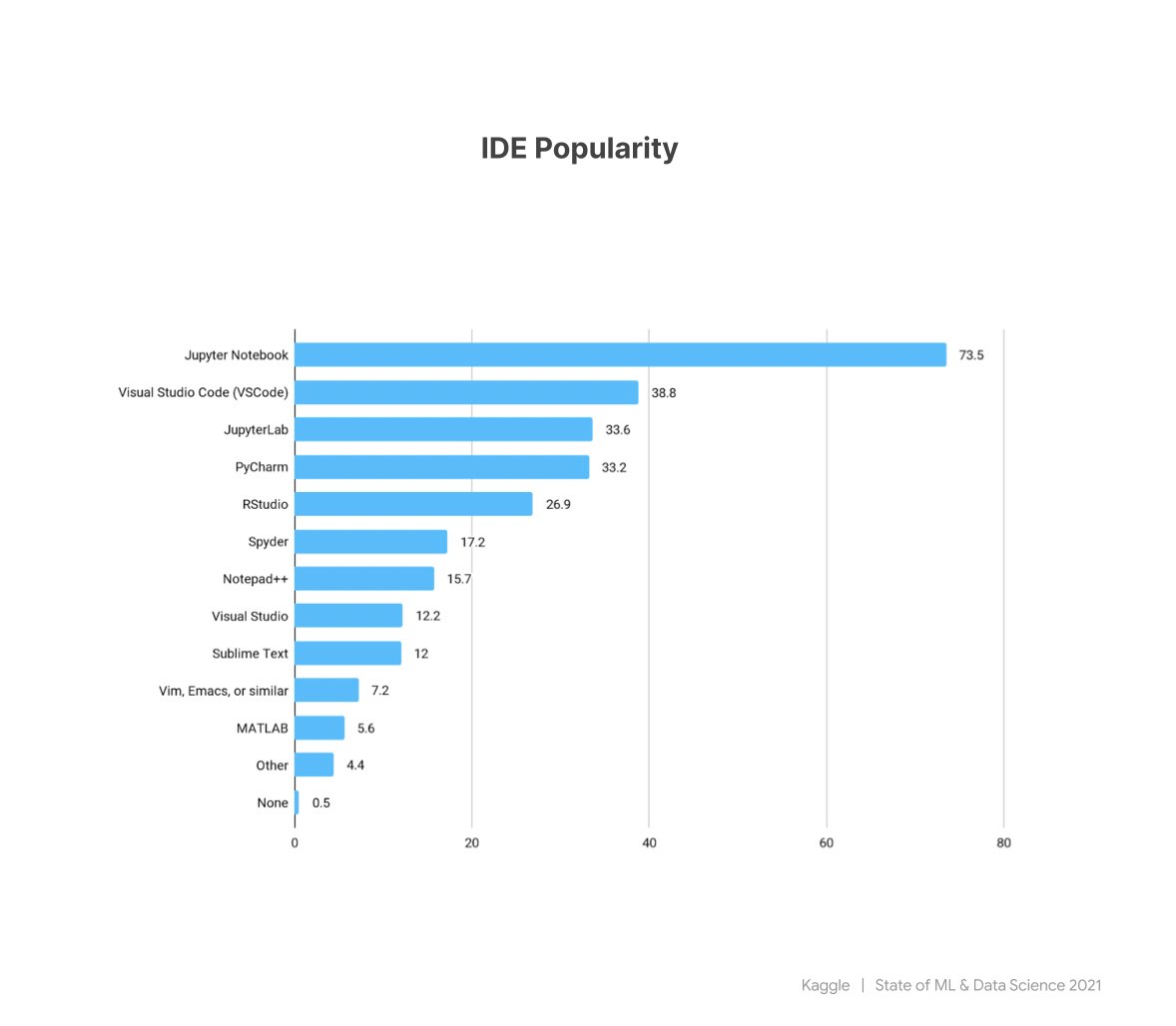
Source of errors in building traditional programs:
◆Wrong syntaxes
◆Inefficient codes
◆Wrong syntaxes
◆Inefficient codes
Source of errors in machine learning:
◆Solving a wrong problem
◆Using a wrong evaluation metric
◆Not being aware of a skewed data
◆Inconsistent data preprocessing functions
◆Solving a wrong problem
◆Using a wrong evaluation metric
◆Not being aware of a skewed data
◆Inconsistent data preprocessing functions
More sources of errors in ML:
◆Putting too much emphasis on models than data
◆Data leakage
◆Training on the test data
◆Model and data drifts
◆Putting too much emphasis on models than data
◆Data leakage
◆Training on the test data
◆Model and data drifts
The difference between errors in traditional software and machine learning-powered applications:
The errors in traditional systems are obvious but not always the case in the latter. In machine learning, you may not get any errors but still, get misleading predictions.
The errors in traditional systems are obvious but not always the case in the latter. In machine learning, you may not get any errors but still, get misleading predictions.
How to minimize errors in machine learning:
◆Use the right metric relevant to the problem
◆Use consistent data preprocessing functions between training and test set
◆Get the data right before the model
◆Do not leak the test data to the model
◆Avoid data leakage in general
◆Use the right metric relevant to the problem
◆Use consistent data preprocessing functions between training and test set
◆Get the data right before the model
◆Do not leak the test data to the model
◆Avoid data leakage in general
◆Monitor the predictions and set up automatic actions(ex: retraining) in case of data and mode drifts.
Thank you for reading.
If you found this post helpful, retweet and follow @Jeande_d for more machine learning ideas.
If you found this post helpful, retweet and follow @Jeande_d for more machine learning ideas.
• • •
Missing some Tweet in this thread? You can try to
force a refresh










